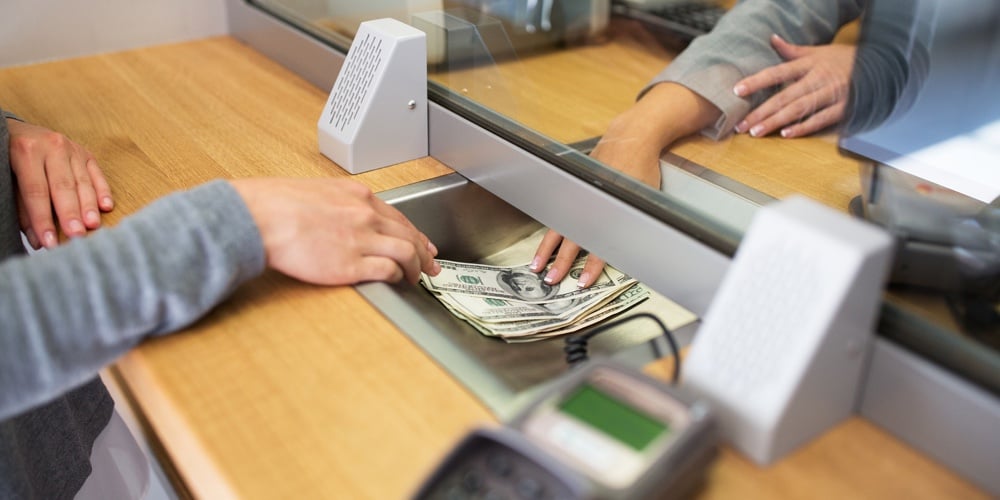Auto loans, subprime borrowers, and your credit union

Credit unions increasingly have portfolios that are heavy on auto loans. Many jumped into car loans because they looked to be an attractive way to boost revenues in a time when revenue from credit cards and home equity loans seemed ever more undependable.
And then there is this headline from the Washington Post: “6.3 million Americans are 90 days late on their auto loan payments”.
Bloomberg reported similar. Its December story on auto loans warned, “Delinquencies on subprime loans made by non-bank lenders are soaring toward crisis levels.”
Is a downturn like the housing crunch of 2007-2008 in the offing?
Suddenly what had seemed a shrewd move for credit unions may now be seen as high-risk.
That’s particularly true because credit union exposure has been climbing. Experts say that in 2011 car loans amounted to 29% of credit unions’ portfolios. By fall 2017, according to Credit Union Times, that number had grown to 35%, a 20% jump.
Credit Union Times added this factoid: “Many [banks] have raised rates or pulled away, allowing more room for credit unions.”
Read that again. Banks are pulling out of car loans as credit unions pile on. Smart?
Not every credit union sees troubles ahead. Chris Otey, Board Chair at South Bay Credit Union in Los Angeles, says his institution has seen no spike in defaults. But he adds that the institution has not made subprime loans.
His only concern? Auto loan volumes have stagnated. But that’s the norm. Most experts forecast 2018 car sales to be flat or down a small amount.
However, some credit unions have, little by little, expanded their portfolio of subprime auto loans-paper they traditionally might have shunned-which means worries are indeed rising.
But here’s a perplexing problem: many credit unions believe-at their very core-that serving the subprime borrower is central to a credit union’s reason for existing.
Aggravating all these concerns is that soaring numbers of car loans are “upside down,” meaning the owner owes more on the loan than the car is worth. Fueling this, according to automotive research company Edmunds, is that car loans are getting longer with an average of 69.3 months, up 6.8% from five years ago.
Some consultants insist that credit unions, by nature local and personal, can more intelligently assess the risks of a particular subprime borrower than many bigger lenders can. The National Credit Union Foundation, working with Filene Research Institute, has piloted research into smart lending to subprime car buyers. The results are encouraging. The non-prime borrowers got the cars that gave them mobility, and credit unions collected on average 11.7% APR on the loans, higher than what prime borrowers pay but much lower than what nonbanks usually charge subprime borrowers by nonbanks. Full details on this program are here.
That kind of thinking just may guide credit unions into safe routes to subprime lending.
Do you agree that this is smart and good? Disagree? You could be called upon this year to take a stand on exactly this issue.
Right now, some credit union leaders say they are very carefully scrutinizing car loan applications from members with blemished credit. But they are still approving many loans for the “right” borrowers.
That may be the way forward: go ahead cautiously, mindfully, and find a path that helps more borrowers-including subprime applicants-get cars without additional risk for your credit union. It won’t be easy to achieve this delicate balance. But it’s what many in the industry are now looking for.

